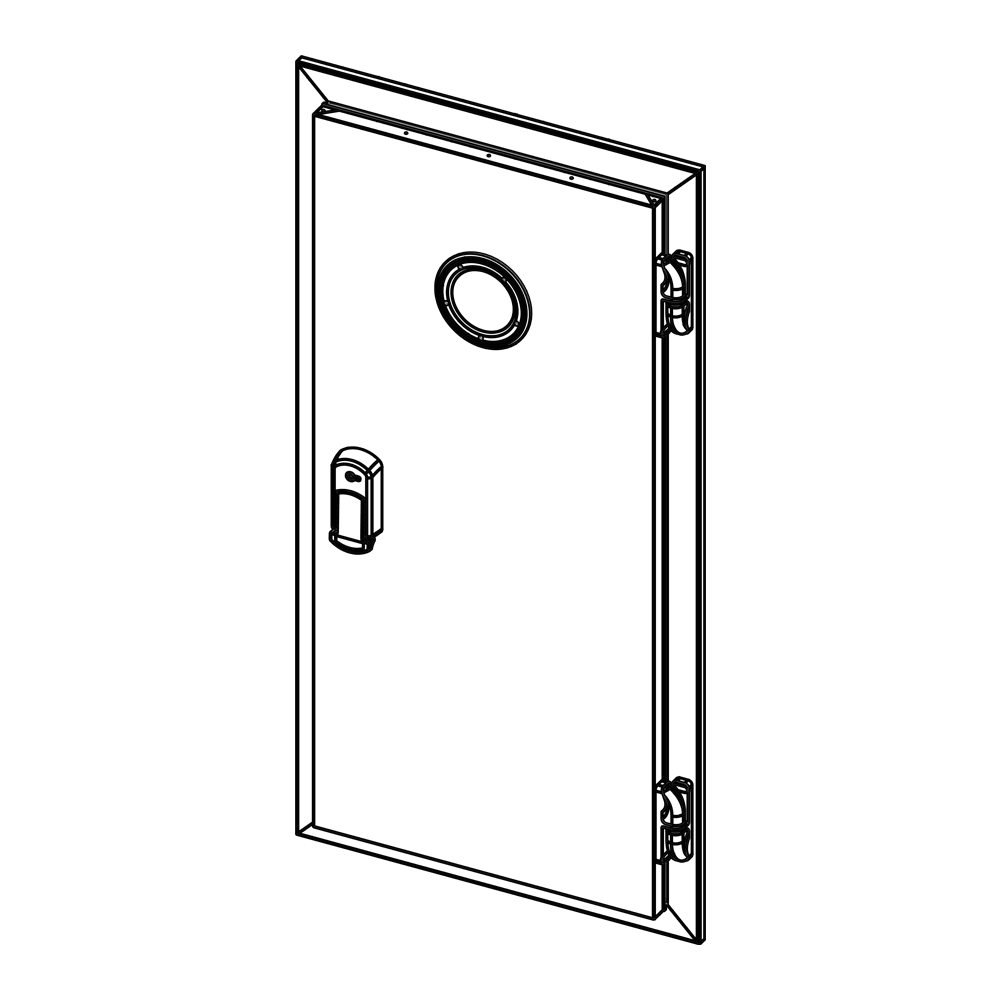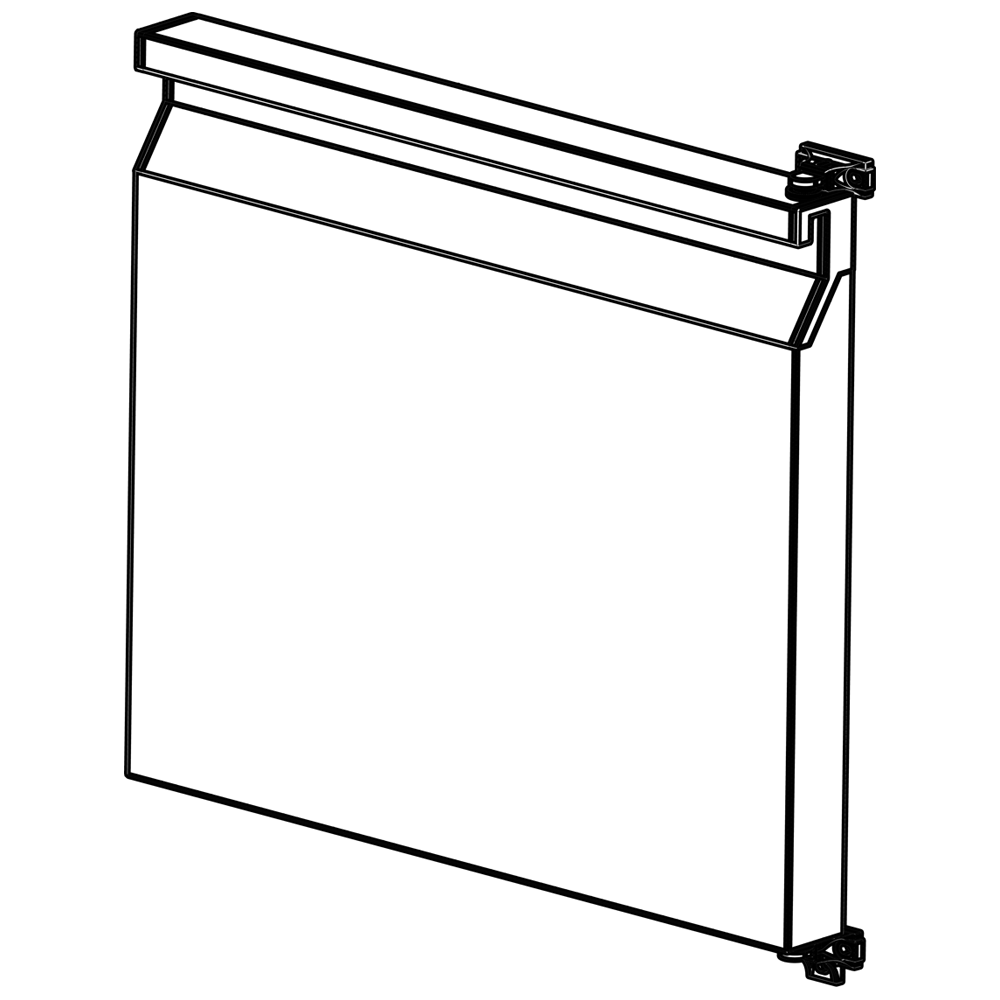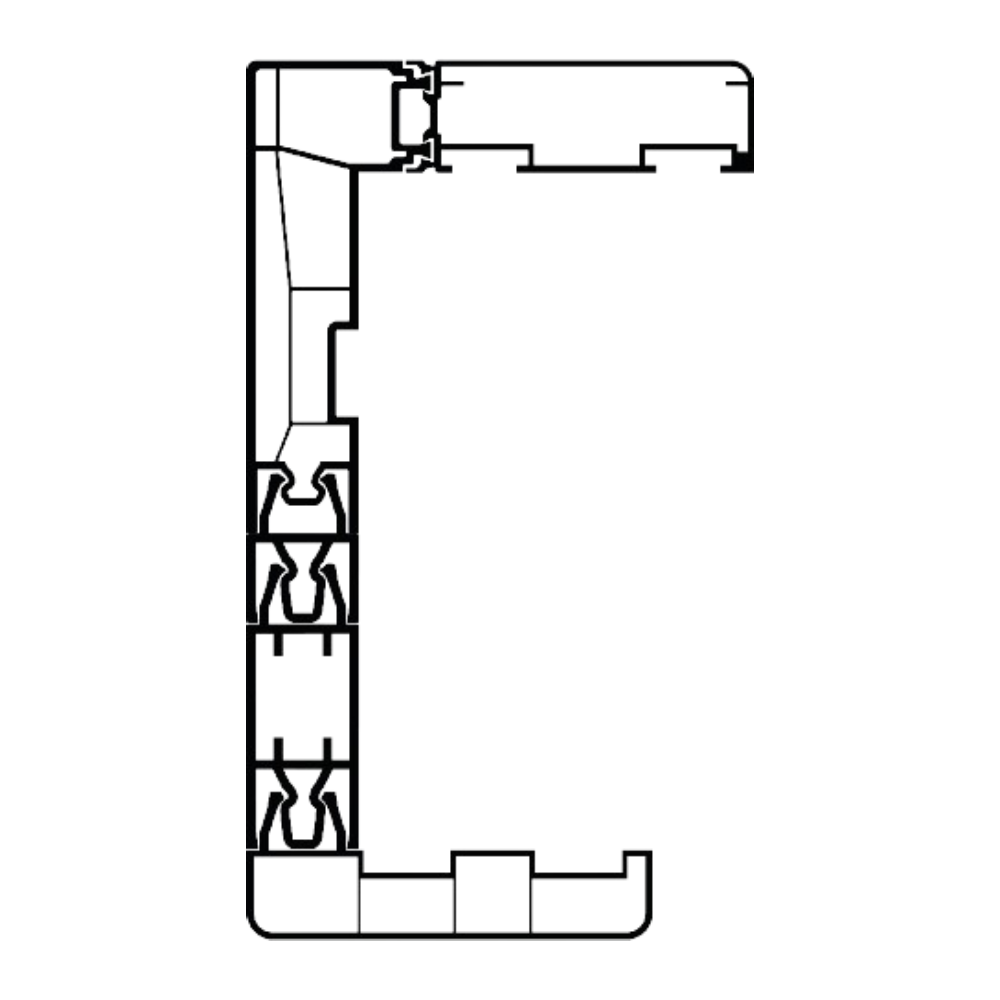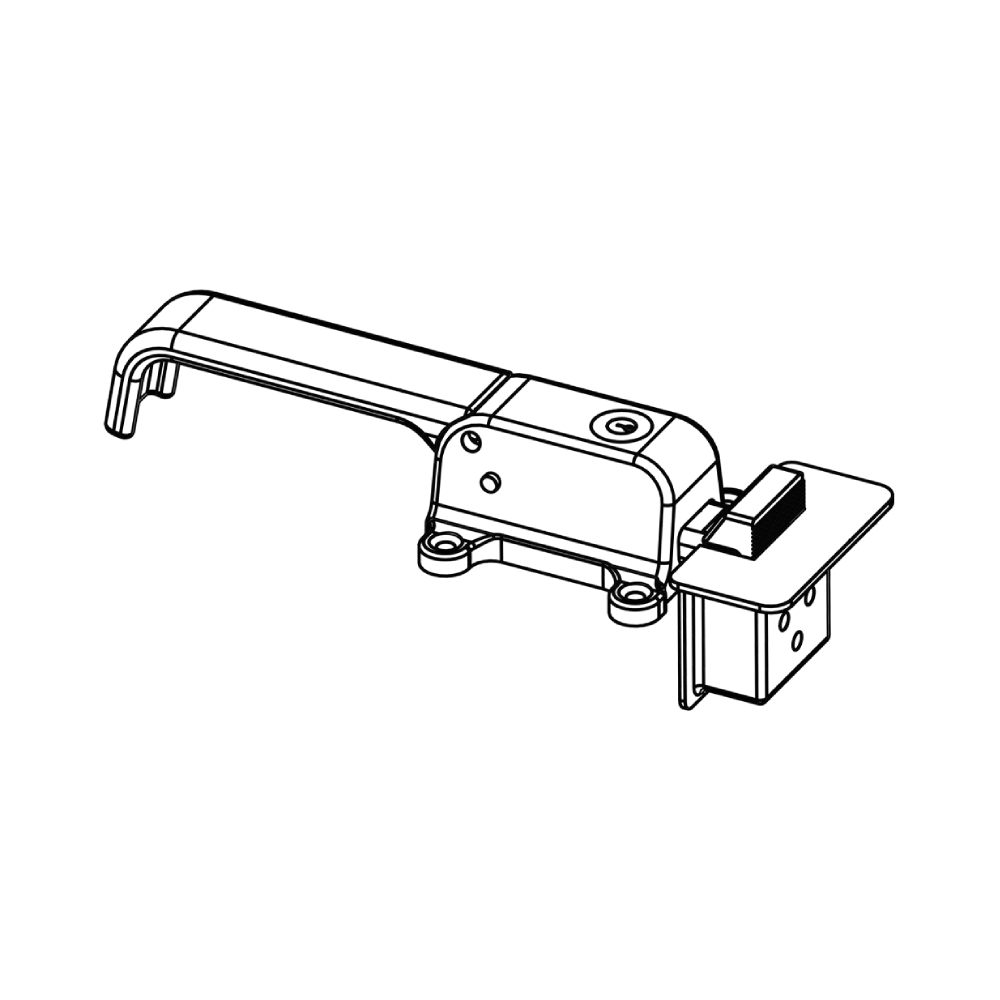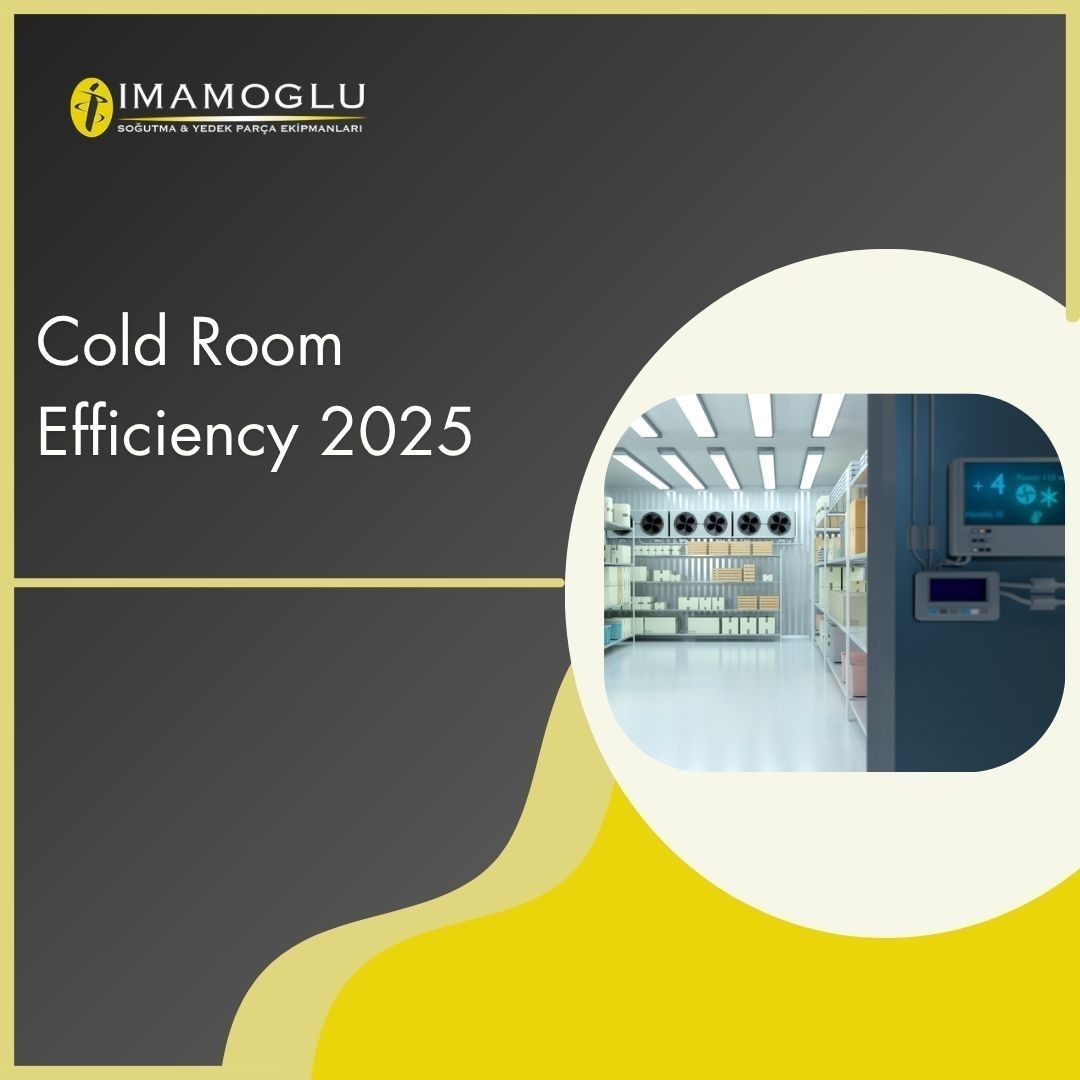Cold Room Efficiency 2025
Table of Contents
- What Technologies Are Used to Improve Cold Room Efficiency in 2025?
- What Innovations in Cold Room Design Impact Efficiency in 2025?
- How Do Digital Monitoring Systems Contribute to Cold Room Efficiency in 2025?
- How Should Humidity and Temperature Control Be Managed in Cold Storage in 2025?
- Why Is Cold Room Efficiency Critical for Food Safety in 2025?
- How Have Smart Control Panels Advanced Cold Room Management in 2025?
- How Are Sustainability Goals Shaping Cold Room Systems in 2025?
What Technologies Are Used to Improve Cold Room Efficiency in 2025?
In 2025, technologies developed to enhance cold room efficiency focus on energy savings while maintaining product quality. In particular, automation systems and smart control panels enable real-time monitoring of temperature, humidity, and energy consumption. This prevents unnecessary energy use and ensures stable system operation.
Additionally, inverter compressors operate based on load demand, providing maximum cooling with minimal energy. This reduces energy costs and extends system lifespan. High-performance insulation panels minimize heat loss, helping maintain consistent internal temperatures.
As of 2025, AI-supported monitoring systems are becoming widespread. These systems analyze historical data to predict potential failures and notify maintenance needs in advance, ensuring operational continuity.
When combined with innovative cold room solutions offered by İmamoğlu Soğutma, these technologies provide significant benefits in terms of sustainability and cost savings.
What Innovations in Cold Room Design Impact Efficiency in 2025?
In 2025, innovations in cold room design focus on factors that directly enhance efficiency. Primarily, modular systems are increasingly preferred. These allow flexible solutions tailored to space requirements, minimizing energy losses.
High-insulation-value panels eliminate thermal bridges, ensuring temperature stability. This reduces energy consumption while enabling safe, long-term storage of products. Additionally, in 2025, heated door gaskets and automatic door systems minimize air leaks, contributing to balanced system operation.
Another key innovation is smart ventilation systems, which ensure uniform air circulation, preventing temperature variations and preserving product quality.
İmamoğlu Soğutma’s next-generation cold room solutions integrate these advanced design elements, delivering both energy savings and operational efficiency, fully aligned with 2025’s demands.
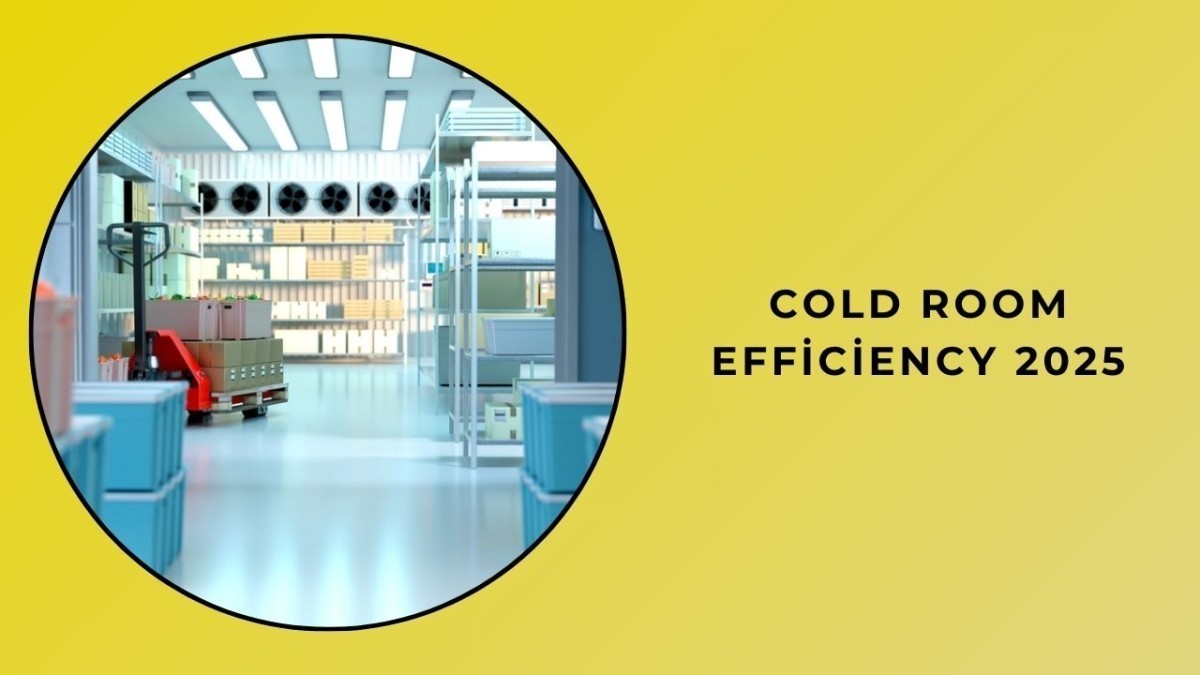
How Do Digital Monitoring Systems Contribute to Cold Room Efficiency in 2025?
In 2025, digital monitoring systems play a critical role in enhancing cold room efficiency. These systems track data such as temperature, humidity, door openings, and energy consumption in real time, enabling early detection of fluctuations and rapid intervention.
Remote access features allow managers to monitor system status via mobile devices, saving time and labor, especially in multi-site operations. Automatic alert systems send instant notifications when critical thresholds are exceeded, reducing the risk of product loss.
Digital monitoring systems store long-term data for analysis, enabling reports on energy consumption, maintenance needs, or performance declines.
Equipped with digital monitoring infrastructure from İmamoğlu Soğutma, cold rooms support not only immediate but also long-term sustainable efficiency goals.
How Should Humidity and Temperature Control Be Managed in Cold Storage in 2025?
In 2025, humidity and temperature control in cold storage is managed with more precise systems to protect product quality and enhance energy efficiency. Traditional control methods are being replaced by automation-based climate control systems. These systems monitor temperature and humidity in real time, automatically intervening to maintain ideal conditions.
Sensor-supported monitoring systems measure conditions at various points within the storage, preventing temperature imbalances. This ensures uniform cooling and consistent product quality across all areas.
In 2025, humidity control is particularly critical for sensitive products. Dehumidifiers and humidifiers maintain optimal humidity levels, preventing spoilage.
İmamoğlu Soğutma’s systems integrate temperature and humidity control, maximizing energy savings and product safety, making them a cornerstone of cold storage efficiency.
Why Is Cold Room Efficiency Critical for Food Safety in 2025?
In 2025, food safety requires stricter control throughout the supply chain, with cold room efficiency being a critical factor directly impacting food quality and hygiene.
An efficient cold room maintains optimal temperature and humidity levels, reducing microbiological risks. Sensitive products like meat, dairy, seafood, and fresh produce are particularly vulnerable to temperature fluctuations. Stable conditions extend shelf life and minimize health risks.
In 2025, smart automation systems continuously monitor conditions and intervene automatically during anomalies, reducing product losses and ensuring food safety.
How Have Smart Control Panels Advanced Cold Room Management in 2025?
In 2025, smart control panels play a more central and effective role in cold room management. These panels manage not only temperature settings but also humidity control, energy tracking, door sensors, and fault alerts in an integrated manner.
User-friendly interfaces enable easier monitoring and intervention. Touchscreens display all system parameters, while remote connectivity allows management via mobile devices.
Additionally, AI-supported algorithms analyze historical data to suggest energy-saving measures and predict maintenance needs, preventing system failures and enhancing operational continuity.
How Are Sustainability Goals Shaping Cold Room Systems in 2025?
In 2025, sustainability goals are shaping cold room systems from design to operation. Rising energy costs and environmental responsibility are driving the adoption of energy-efficient, eco-friendly systems.
Cold room systems now feature high-efficiency insulation materials, low-carbon-emission refrigerants, and renewable energy-compatible solutions as standard, reducing energy consumption and carbon footprints.
Recyclable structural components and smart automation systems are key tools for achieving sustainability goals. Automation ensures energy is used only when needed, preventing waste.
İmamoğlu Soğutma’s 2025 eco-friendly systems offer sustainable solutions, supporting environmentally responsible operations while reducing long-term costs.


